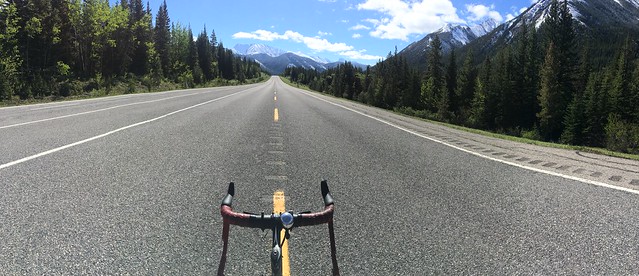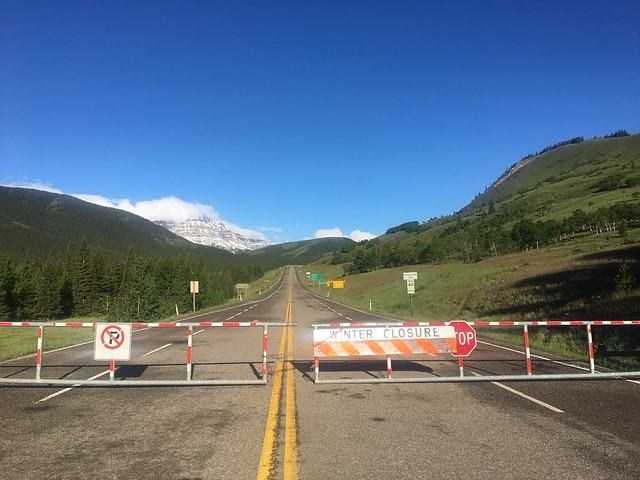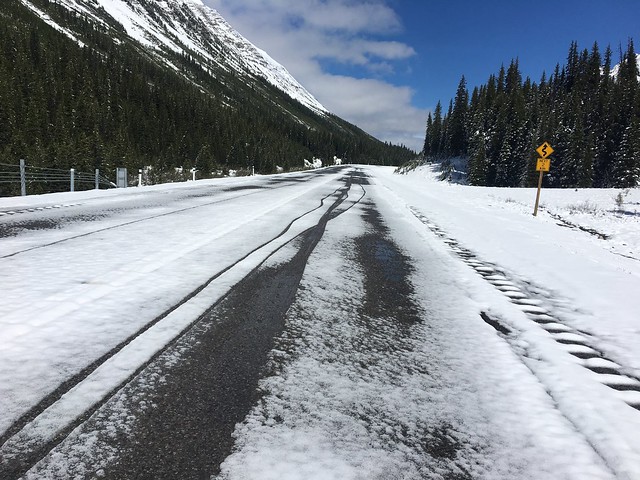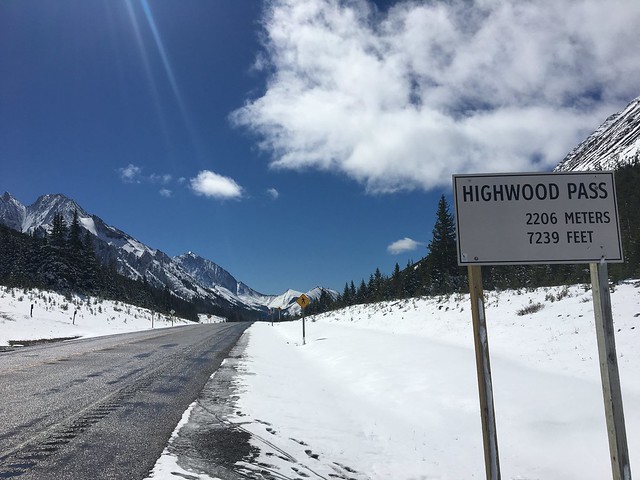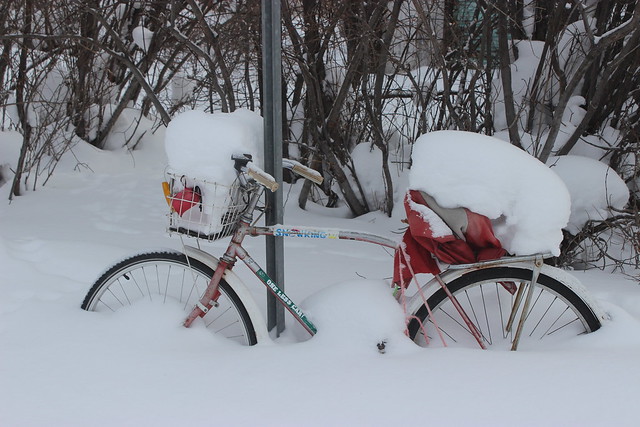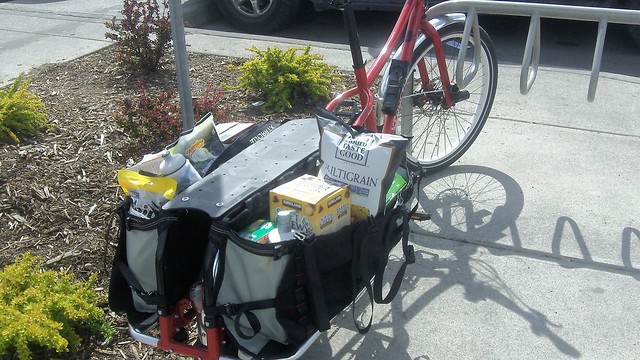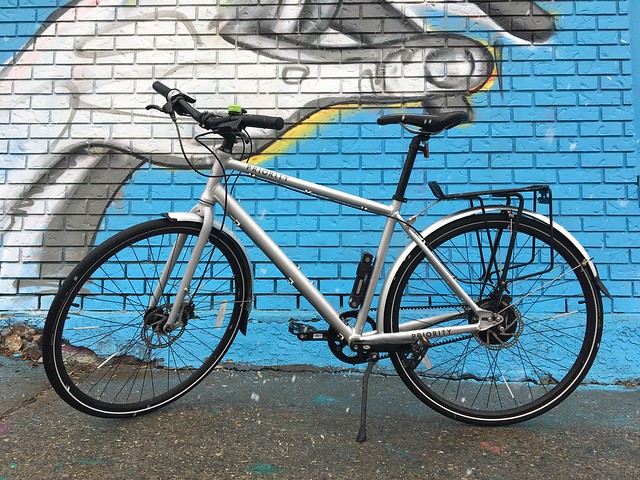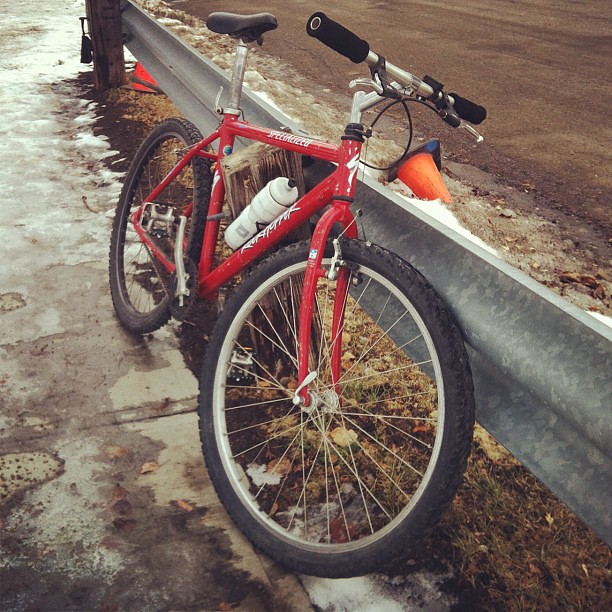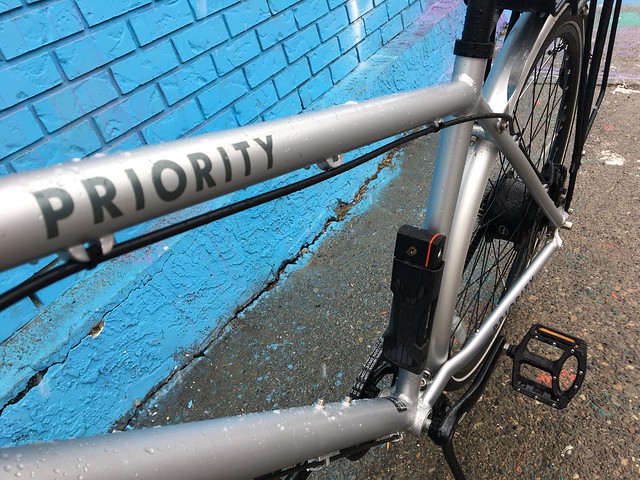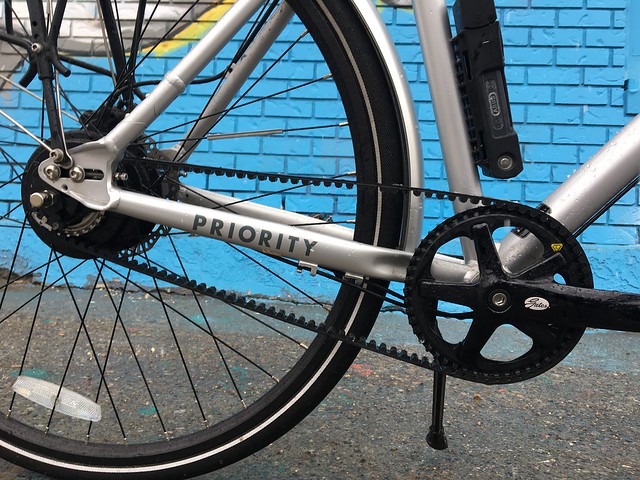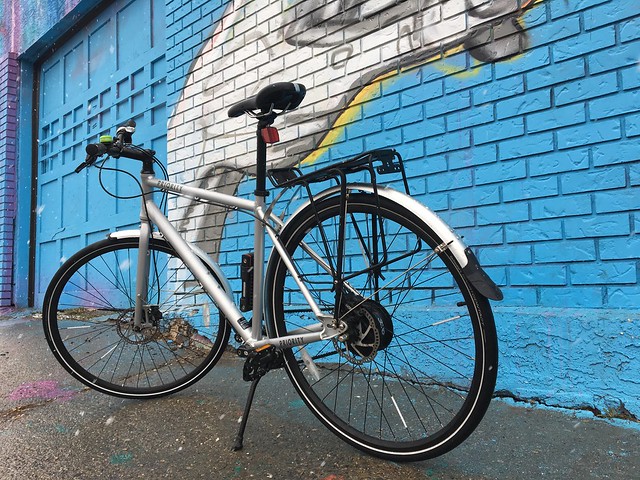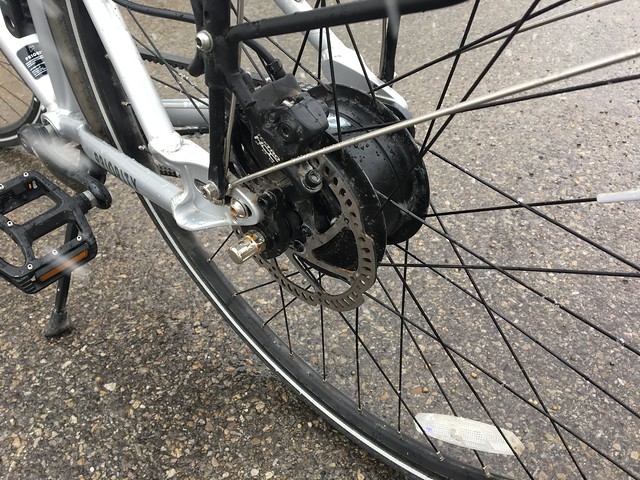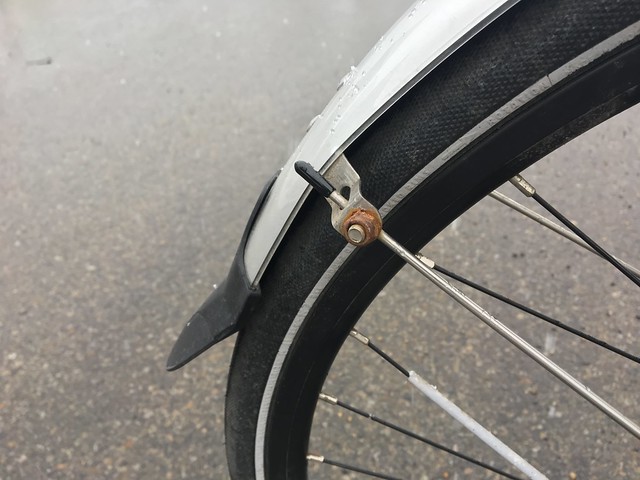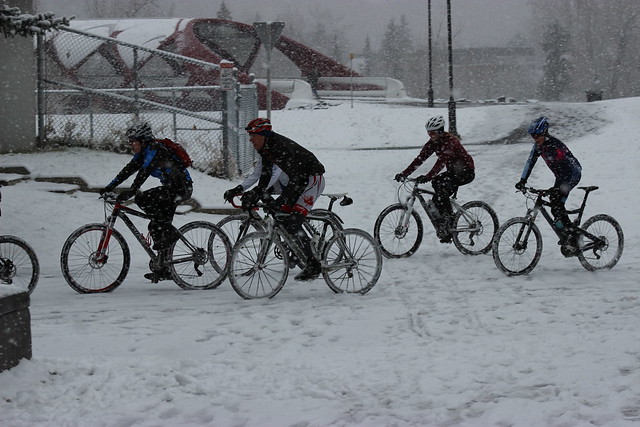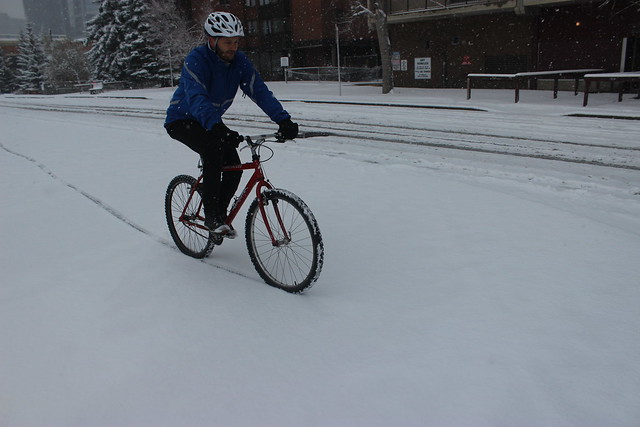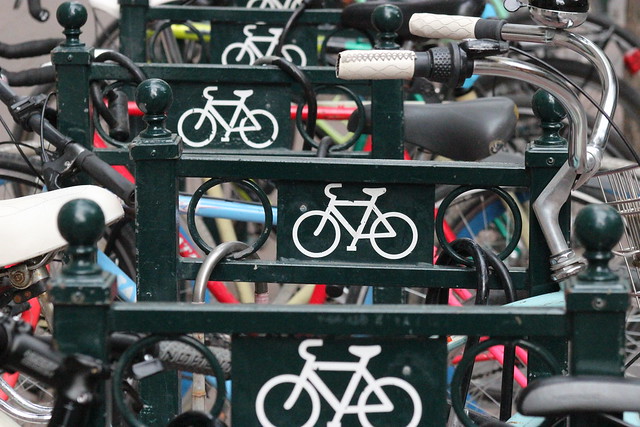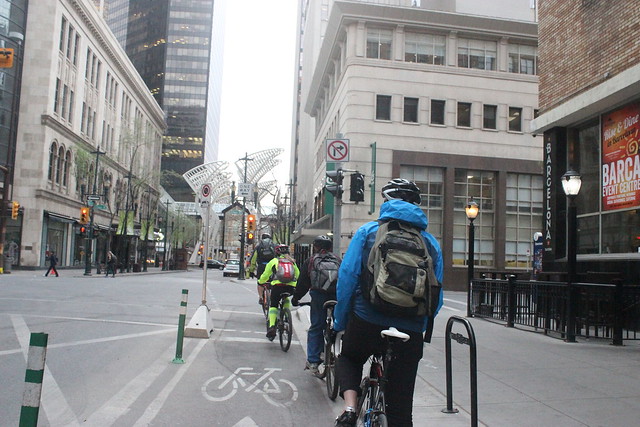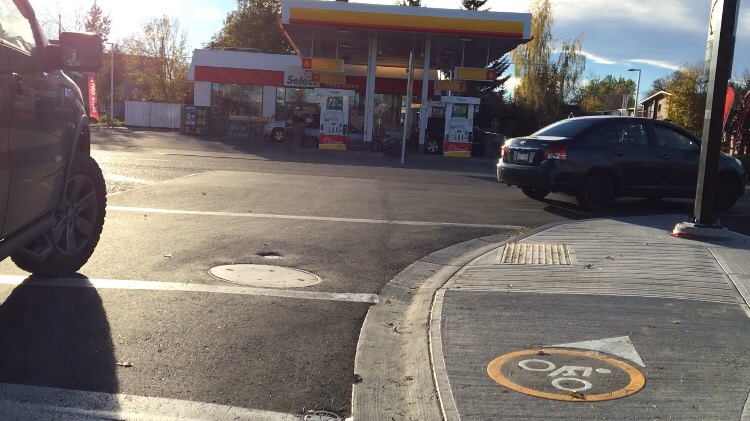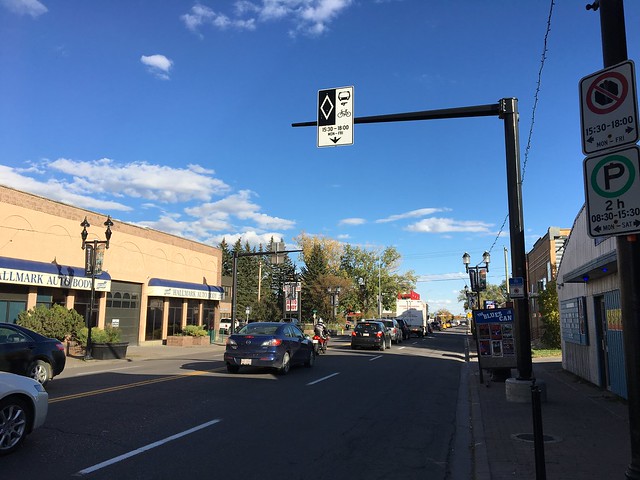It was while screaming downhill, past hundreds of other cyclists who were slowly climbing in the opposite direction, that the thought crossed my mind. “Huh,” I thought. “This is a thing.”
That was on the weekend as I happily rode the Highwood Pass for the first time, a local highway that, for a few weekends a year, becomes a haven for, as I discovered, scores of fellow cyclists. But seeing so many people on this route made me realize something else: It’s rather amazing what people will do to find a good car-free route to ride their bikes.
https://www.instagram.com/p/BVXERmDAB6Z/?taken-by=tombabin
First, some background. The Highwood Pass is just another highway, but it has some special qualities. It’s called the highest paved route in Canada, and it cuts through some achingly beautiful alpine scenery in the eastern slopes of southern Alberta’s Rocky Mountains. It happens to be near where I live.
For years, I’ve heard about a special moment on the pass. The road is closed to motor-vehicle traffic during winter to offer a respite to wildlife during times of year when food is more scarce (the route passes through a provincial park). It also receives a shit-ton (for you Canadians, the metric version of that would be “shit-tonne”) of snow, so I’m sure there’s a snow-clearing budget officer somewhere who breathes a sigh of relief every autumn when the gate is lowered to close the road.
That makes for a unique situation. For a short time each spring, usually just a weekend or two, there’s a window of opportunity for cyclists between the time the gates remain closed to cars and enough snow has melted to make the road passable on a bike.
The result: Hundreds of people on bikes flock to the area for a chance to ride the pass without any cars.
It’s a wonderful experience for cyclists. Arriving early gives a rare chance to enjoy a quiet highway, with stunning mountain vistas and wildlife sightings. Arriving a little later gives an opportunity to take part in a communal bike-friendly atmosphere as all kinds of people unload their bikes at the gate and start climbing.
While the early riders tend towards the MAMILs (middle-aged men in Lyrcra, God bless them), by midday, while descending the pass, there were innumerable women, families and kids heading upwards, including at least one hearty grandmother pedalling her way up the mountain on a shiny new e-bike.
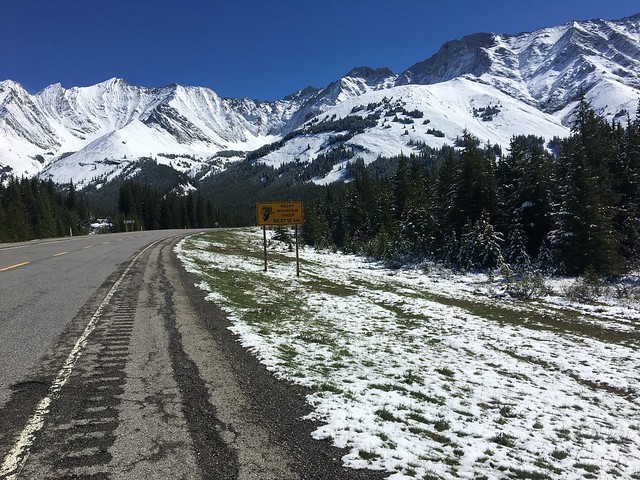
For a few weekends each spring, before the highway opens for the season, the snow melts enough to create a car-free route for cyclists.
What made it all possible was one thing: A lack of cars. If the road was open to vehicle traffic, the number of people enjoying the ride that day would dwindle to a handful of those brave and hearty souls who feel confident in their ability to stick to the shoulder of the highway while innumerable vehicles blow by at freeway speeds.
While I was delighted with the opportunity to undertake this ride, it also struck me as a little sad that such opportunities weren’t more common. I’m not naive enough to think that a highway, built with millions of taxpayer dollars, would ever be turned over exclusively to cyclists, but the fact that so many took advantage of a tiny window of opportunity to enjoy a safe ride free of cars is telling.
Many jurisdictions enable road closures for specific bike events, for everything from ciclovias to gran fondos, that draw innumerable people on bikes. It’s proof there’s a hunger out there for safe bike routes, whether they are recreational of functional. This little highway during this one weekend was just another manifestation of that desire.
For me, on a more visceral level, it took me about half the ride before I realized I could stop my subconscious habit of glancing over my shoulder to see if a car was coming up from behind, which prompted a simple thought that, I’m willing to bet, was shared with many others that day. “This,” I thought, “is pretty nice.”


